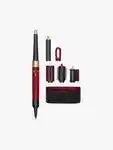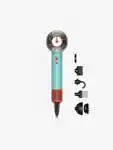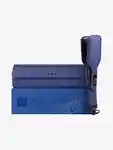Hair Dryers
Dry, diffuse or blowout to perfection.
13 results
13 results
Sort by
Limited Edition

Limited Edition




Limited Edition

Limited Edition



Showing 13 of 13
Hair Dryers
As any of the hair greats will tell you, hair dryers are indispensable. From expertly diffusing curls (sans frizz) to nailing the ’90s supermodel blowout and even just speeding up drying time, hair dryers really do it all. Equip yourself to transform into a hairstyling pro with our selections of blow dryers and hair diffusers. Whether you go for big, bouncy waves, mega volume or something more low-key, hair dryers are the can’t-be-beat essential in every haircare arsenal.

